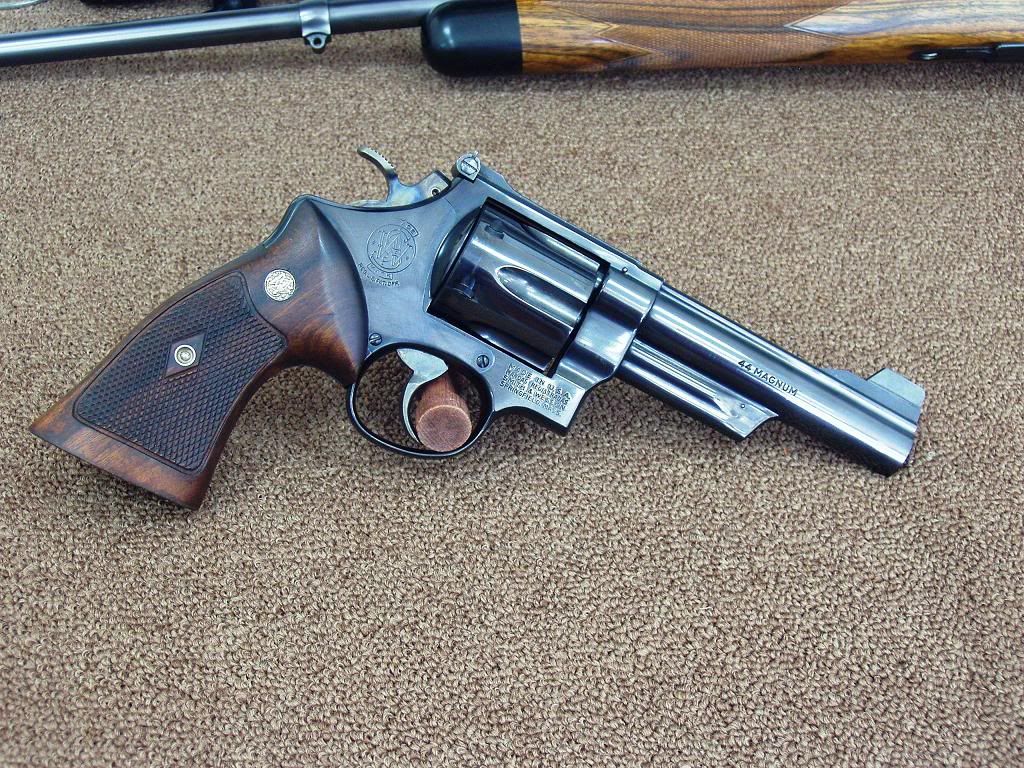I am really puzzeled by mine. It lettered as being shipped june 24th 1964 in 6 1/2" to stoger arms N. J. Butt, barrel, clyinder and frame number above the model # are all S231718
This tells it all unfortunately. A gun of this era should only be serial numbered on the butt, inside the yoke cut, and on the back side of the extractor. The soft fitting dept was eliminated in the late 1950's so there was no need to number each part afterwards.
The factory did, however, number these parts on occasion when a gun was sent back to the factory for service as to ensure that all of the original components found their way back together during reassembly. I would say that your gun was sent in for a barrel change/modification.



